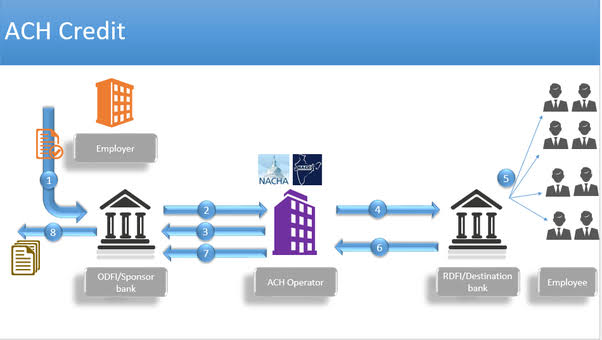What is Commercial Paper (CP)? - Aware Banking
What is Commercial Paper (CP)?
Commercial paper is an unsecured, short-term debt instrument issued by a corporation, typically for the financing of accounts receivable, inventories and meeting short-term liabilities. Maturities on commercial paper rarely range any longer than 270 days. Commercial paper is usually issued at a discount from face value and reflects prevailing market interest rates.When it was introduced?
It was introduced in India in 1990.Why it was introduced?
It was introduced in India in 1990 with a view to enabling highly rated corporate borrowers to diversify their sources of short-term borrowings and to provide an additional instrument to investors. Subsequently, primary dealers and all-India financial institutions were also permitted to issue CP to enable them to meet their short-term funding requirements for their operations.Who can issue CP?
Corporates, primary dealers (PDs) and the All-India Financial Institutions (FIs) are eligible to issue CP.Whether all the corporates would automatically be eligible to issue CP?
No. A corporate would be eligible to issue CP provided –a. the tangible net worth of the company, as per the latest audited balance sheet, is not less than Rs. 4 crore
b. company has been sanctioned working capital limit by bank/s or all-India financial institution/s; and
c. the borrowal account of the company is classified as a Standard Asset by the financing bank/s/ institution/s.



Comments
Post a Comment